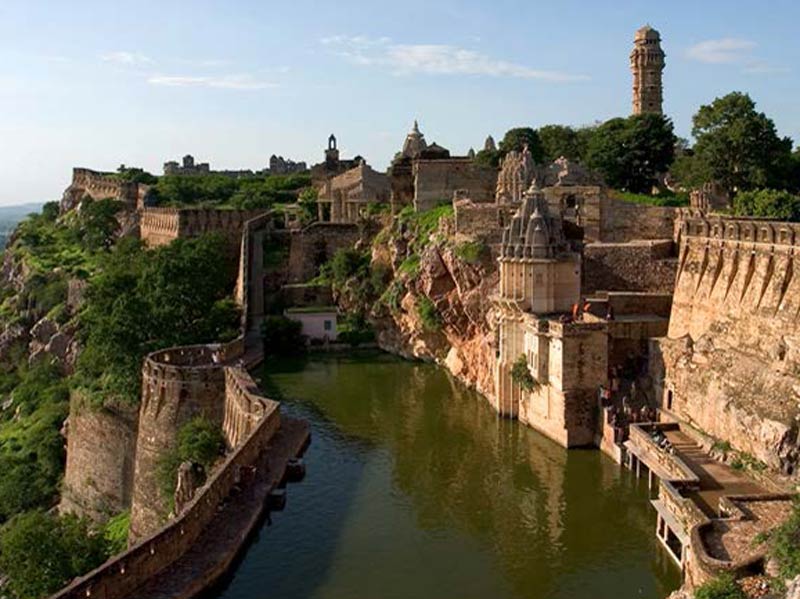Photos: Meet the Newest World Heritage Sites
Tajik National Park

Tajik National Park is a mountainous and sparsely inhabited site in Tajikistan. It consists of a high plateau in the east, and rugged peaks to the west.
Tajik National Park

Rich flora species of both the south-western and central Asian floristic regions grow in Tajik National Park in Tajikistan.
Tajik National Park

The mountainous Tajik National Park is situated at the center of the so-called "Pamir Knot," which acts as a meeting point of the highest mountain ranges on the Eurasian continent.
The Hill Forts of Rajasthan

The Hill Forts of Rajasthan in India consist of six majestic forts that were built as a testimony of the power of the Rajput princely states that flourished in the region from the 8th to the 18th centuries.
The Hill Forts of Rajasthan

Enclosed within defensive walls are major urban centers, palaces, trading centers and temples.
The Hill Forts of Rajasthan

The Hill Forts of Rajasthan in India consist of six components: Chittorgarh, Kumbhalgarh, Sawai Madhopur, Jhalawar, Jaipur, and Jaisalmer.
Get the world’s most fascinating discoveries delivered straight to your inbox.

Denise Chow was the assistant managing editor at Live Science before moving to NBC News as a science reporter, where she focuses on general science and climate change. Before joining the Live Science team in 2013, she spent two years as a staff writer for Space.com, writing about rocket launches and covering NASA's final three space shuttle missions. A Canadian transplant, Denise has a bachelor's degree from the University of Toronto, and a master's degree in journalism from New York University.


